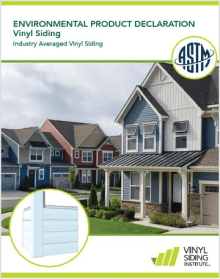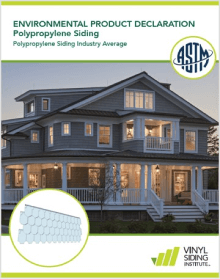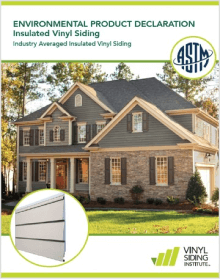The Path to a Cleaner Future
PEPA is committed to creating a positive impact for all.
Today’s polymeric exterior products already have some of the lowest rates of emissions and material waste of all building materials. But there’s always more work to do.
We’re investing in the future through these three key focus areas:
Recycling
We help connect stakeholders across the product lifecycle to promote recycling at every step—from manufacturing to reclaiming and reusing post-consumer scrap material.
Carbon Footprint
There's always more our category can do to reduce our carbon footprint, which is why we seek and showcase innovations that will help us further reduce emissions and our impact on the planet.
Education
We're committed to transparency and educating the industry on the sustainability of polymeric products, including their recyclability, low lifecycle emissions and green building properties.

See How We’re Maximizing Our Recycling Potential Today
PEPA is committed to making it even easier to recycle polymeric exterior products. Through our Revinylize™ Recycling Collaborative, we’re giving more communities across the country access to convenient recycling locations for these materials.
Reducing our Carbon Footprint
Polymeric exterior products generate low carbon footprints, and our industry continues to make decisive progress in further reducing our impact at every step. For example, vinyl and other polymeric siding manufacturers have decreased total lifecycle carbon emissions by 15% in the past decade. That’s a reduction of 9.8 kg of CO2 per 100 square feet1.
Plus, these products are substantially lighter than many other materials, greatly reducing their emissions during transport
Focused on Transparency
Environmental Product Declarations
PEPA is 100% committed to transparently educating building professionals on how polymeric exterior products are a high performing, sustainable choice.
Vinyl and polymeric siding products are one of the only exterior cladding options to be UL Certified and have published Environmental Product Declarations providing builders with objective and transparent information. PEPA further promotes transparency by providing resources for members to create EPDs in additional polymeric product categories.

Choosing Sustainable Materials
We’re pleased to stand alongside leaders like Amazon, Google and Turner as sponsors of Building Transparency. We support its core mission to provide open access to the data and tools necessary for enabling broad and swift action across the building industry in addressing embodied carbon’s role in climate change.
The organization’s Embodied Carbon in Construction Calculator(EC3), a free database of construction EPDs as well as a matching building impact calculator for use in design and material procurement, helps make the right material choices.
Vinyl Siding Sustainability Facts
More Efficiency, Less Impact on the Environment

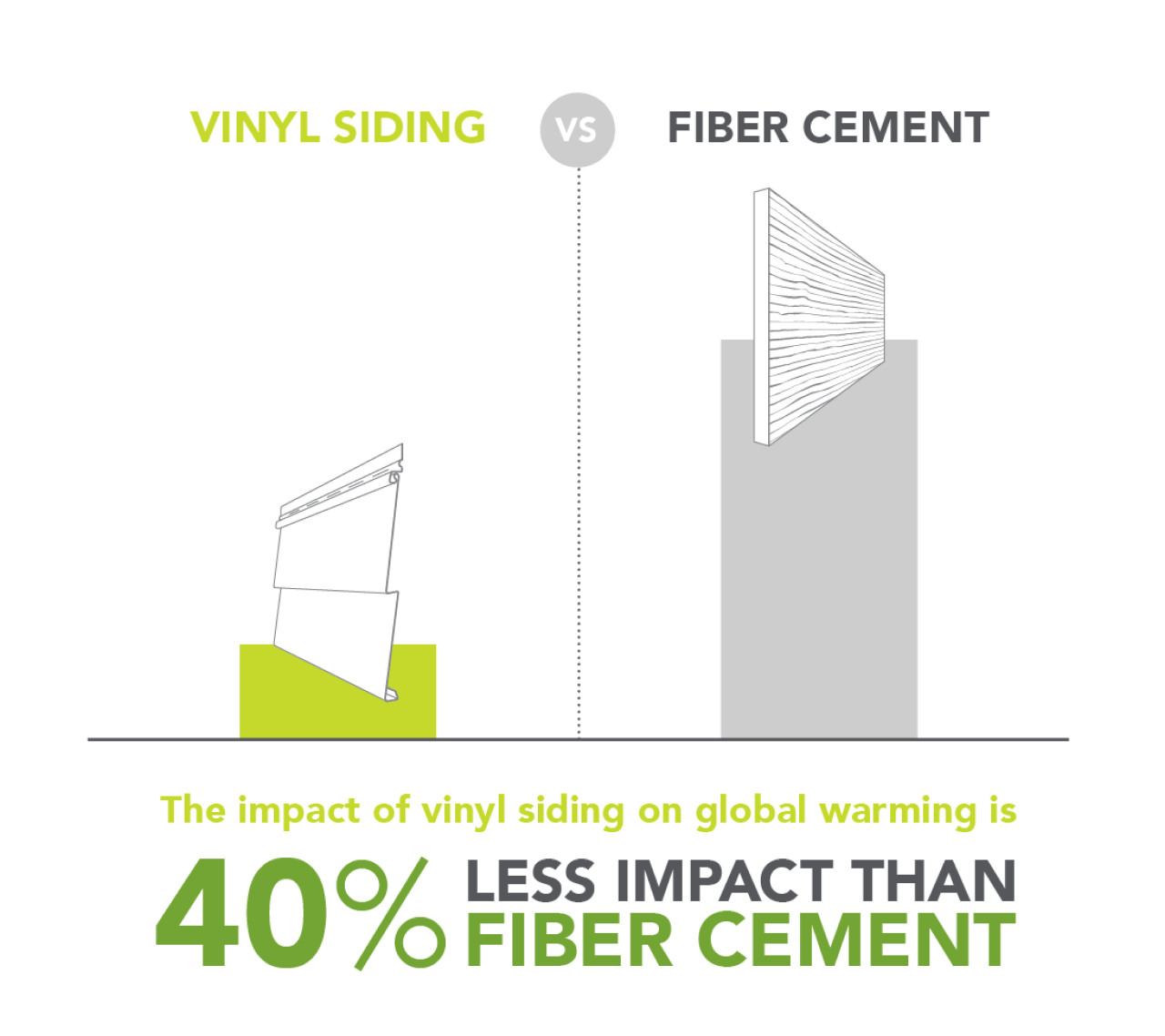
![]()
Reduced Environmental Impact, Same Impressive Resiliency
PEPA commissioned a life cycle inventory to assess progress made in the manufacturing processes for vinyl siding.
The industry’s environmental impact reductions since 2011 include1:

Enhance Your Knowledge
Gain a better understanding of the resiliency of polymeric cladding and earn CEU for credit with the American Institute of Architects in our free online, on-demand course through Hanleywood University.
Sustainability, Resiliency & Design: Polymeric Cladding
Examine the three pillars of sustainability and how building materials must be resilient.
Course credits:
AIA 1 LU | HSW, Canada Potential 1 Learning Credit, PDH Potential 1 Hour
National Green Building Programs
Attaining green building certifications allows you to increase property value, qualify for tax credits and, most importantly, recognizes construction that saves significant energy and cost over the lifespan of the structure, promoting better occupancy rates.
These three nationally recognized programs offer green credits for polymeric exterior products
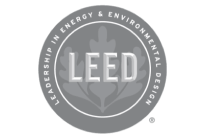
Leadership in Energy and Economic Design
(LEED)

National Green Building Standard
(NGBS)

California Green Building Code
(CalGreen)
- Based on industry Life Cycle Inventory and Analysis conducted in 2021 and 2016.
https://polymericexteriors.org/wp-content/uploads/2022/06/VSI-EPD-VinylSiding-2022.pdf
https://polymericexteriors.org/wp-content/uploads/2021/06/Vinyl-Siding-EPD.pdf - Less impact illustrations based on Federal government’s National Institute of Standards and Technology Building for Environmental and Economic life cycle data and James Hardie’s environmental product declarations data.
